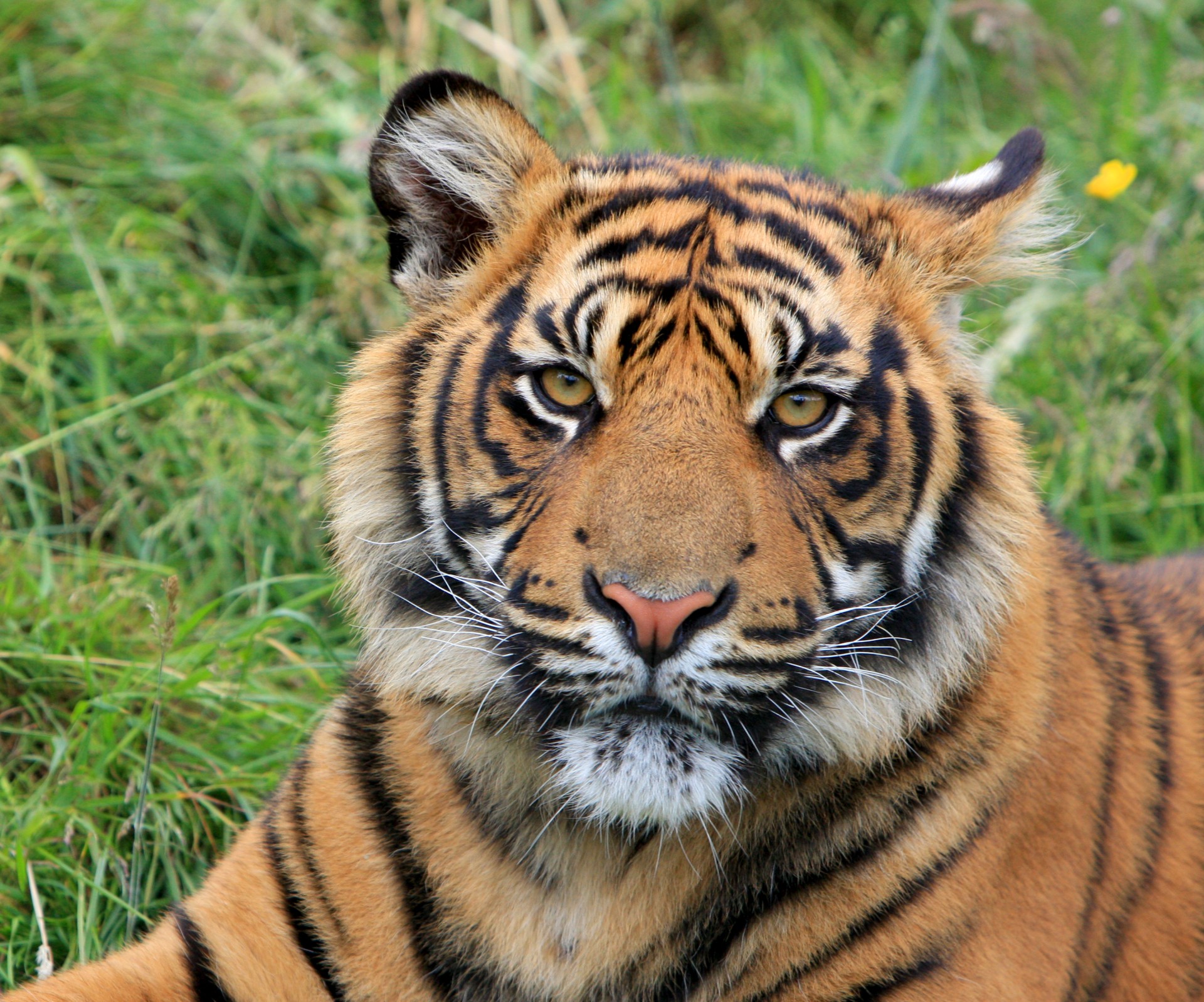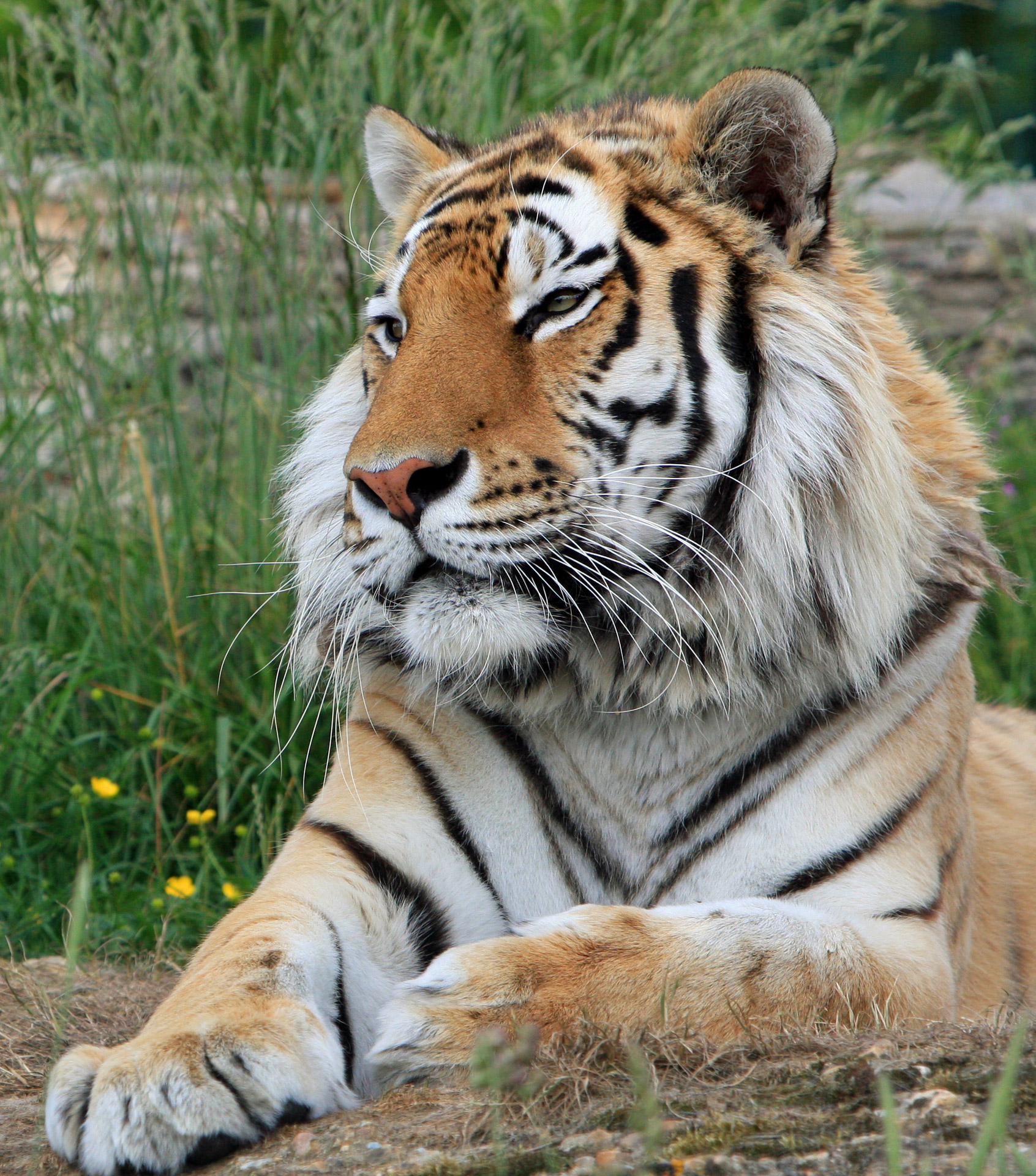The Fascinating World of Tigers
Tigers are some of the most revered and captivating creatures on the planet. With their striking appearance and powerful presence, these big cats have long been the subject of admiration and intrigue. Found primarily in the wild forests and grasslands of Asia, tigers are known for their distinct orange fur with dark stripes, making them easily recognizable among other big cat species.

Tigers in the Wild
Tigers are solitary animals, preferring to live and hunt alone. They are highly adaptable and can thrive in a variety of habitats, including dense jungles, mangrove swamps, and even snowy mountains. These magnificent creatures are known for their excellent swimming skills and are often found near bodies of water, where they cool off and wait for unsuspecting prey to approach.

Tiger Diet and Hunting Techniques
Tigers are powerful predators and are known for their incredible hunting skills. With their sharp teeth and retractable claws, they can take down large prey with ease. Their diet primarily consists of deer, wild boar, and buffalo, but they are also known to hunt smaller animals such as monkeys and birds. Tigers are ambush hunters, patiently stalking their prey before launching a swift and deadly attack.

Tigers: Endangered Species
Despite their incredible strength and beauty, tigers are currently facing numerous threats, pushing them towards the brink of extinction. Habitat loss, poaching, and illegal wildlife trade are the primary reasons for their declining population. Efforts are being made to protect these majestic creatures and their habitats through conservation programs and strict law enforcement.

Tiger Species and Subspecies
There are several subspecies of tigers, each with its own unique characteristics and adaptations. The most well-known subspecies include the Bengal tiger, Siberian tiger, Sumatran tiger, and Indochinese tiger. These subspecies vary in size, habitat preference, and appearance, but they all share the same awe-inspiring presence that makes tigers so special.

Tiger Reproduction and Family Life
Tigers are solitary creatures, but they do come together for mating purposes. Female tigers give birth to a litter of 2-4 cubs after a gestation period of around 100 days. The cubs are born blind and completely dependent on their mother. She raises them in a hidden den, providing them with protection and nourishment until they are old enough to venture out on their own.

Tiger Conservation Efforts
With the declining population of tigers, conservation efforts are crucial to ensure their survival. Many organizations and governments are actively involved in protecting tigers and their habitats. Strict anti-poaching measures, habitat preservation, and community involvement are some of the key strategies being implemented to safeguard these magnificent creatures for future generations.

Tiger Symbolism and Cultural Significance
Tigers hold great cultural significance in many countries, especially in Asia. They are often seen as symbols of power, strength, and bravery. In folklore and mythology, tigers are portrayed as protectors and guardians. Their striking appearance and fierce nature have inspired countless stories, paintings, and traditions throughout history.

Tigers in Captivity
Due to their allure and beauty, tigers have been kept in captivity for centuries. Today, many zoos and wildlife sanctuaries house tigers as a means of education and conservation. However, the ethical implications of keeping these wild animals in captivity are widely debated. It is important for such facilities to prioritize the well-being and conservation of tigers while providing an enriching environment.

The Importance of Tiger Conservation
Tiger conservation is not only crucial for the survival of these magnificent creatures but also for maintaining a balanced ecosystem. As apex predators, tigers play a vital role in regulating the populations of their prey species. Protecting tigers and their habitats ensures the preservation of biodiversity and the health of the ecosystems they inhabit.
